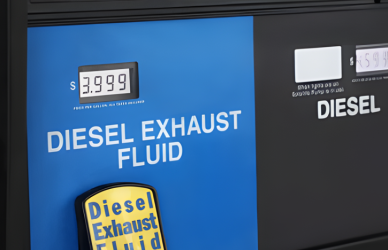Cutting-edge research from California is sparking excitement as scientists investigate the potential of using battery systems in battery-electric locomotives to store and distribute power for the entire national grid. This exploration, conducted by experts at the University of California at Berkeley and the Lawrence Berkeley National Laboratory, aims to revolutionize the energy industry by addressing challenges related to extreme weather and intermittent power generation.
By tapping into the vast battery capacity of these locomotives, the researchers envision an interconnected system that functions as a colossal backup transmission grid. This game-changing network would not only pool saved power, but also enable power sharing among different regions, effortlessly handle surges in demand, and alleviate transmission congestion.
The implications of this research present a bold vision for a more reliable and sustainable power grid.
“Compared to new transmission lines and stationary battery capacity, deploying [rail-based mobile energy storage (RMES)] for such events could save the power sector upwards of US$300 per kW-year [for new transmission lines] and US$85 per kW-year [for stationary battery capacity,” researchers said in the article abstract. “While no known technical barriers exclude RMES from grid participation, addressing interconnection challenges and revising regulatory frameworks is necessary for deployment at scale.”
The extensive U.S. rail system, with its 137,000 miles of tracks, has the potential to serve as a reliable backup system. Researchers explain that the network stretches across highly populated and transmission-congested regions, making it a valuable asset.
Notably, a single train has the capacity to store 1 gigawatt-hour of battery power, equivalent to 1,000 semi-trucks.
Further exploration is needed to understand the practicality of using rail battery storage as a solution to transmission constraints. This necessitates both studying real-world freight scheduling limitations and considering the environmental impact.
The North American freight rail industry is exploring alternative energy sources to reduce greenhouse gas emissions. However, there is ongoing debate regarding the feasibility of electrifying certain areas of the rail network, like ports.
Source: FreightWaves











